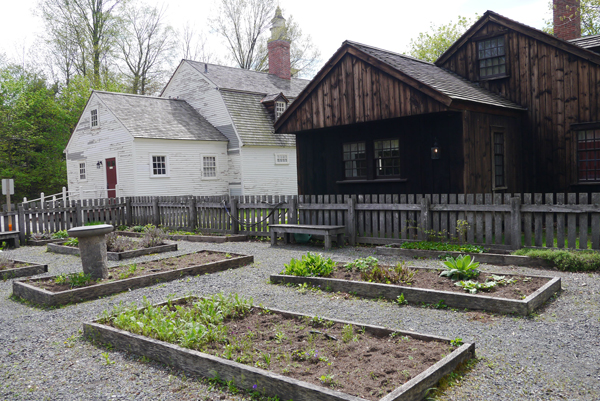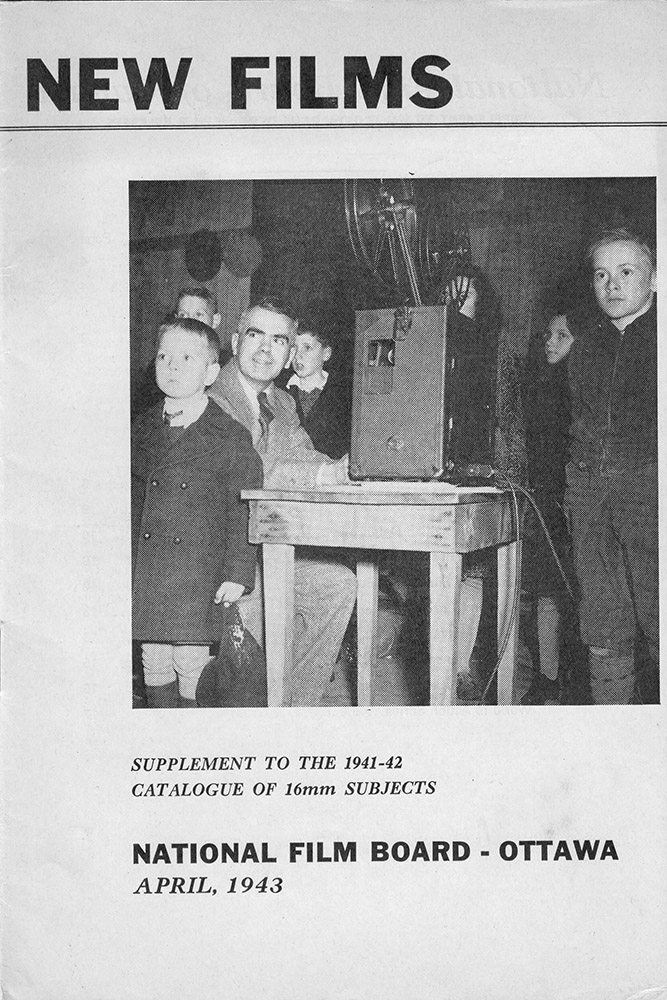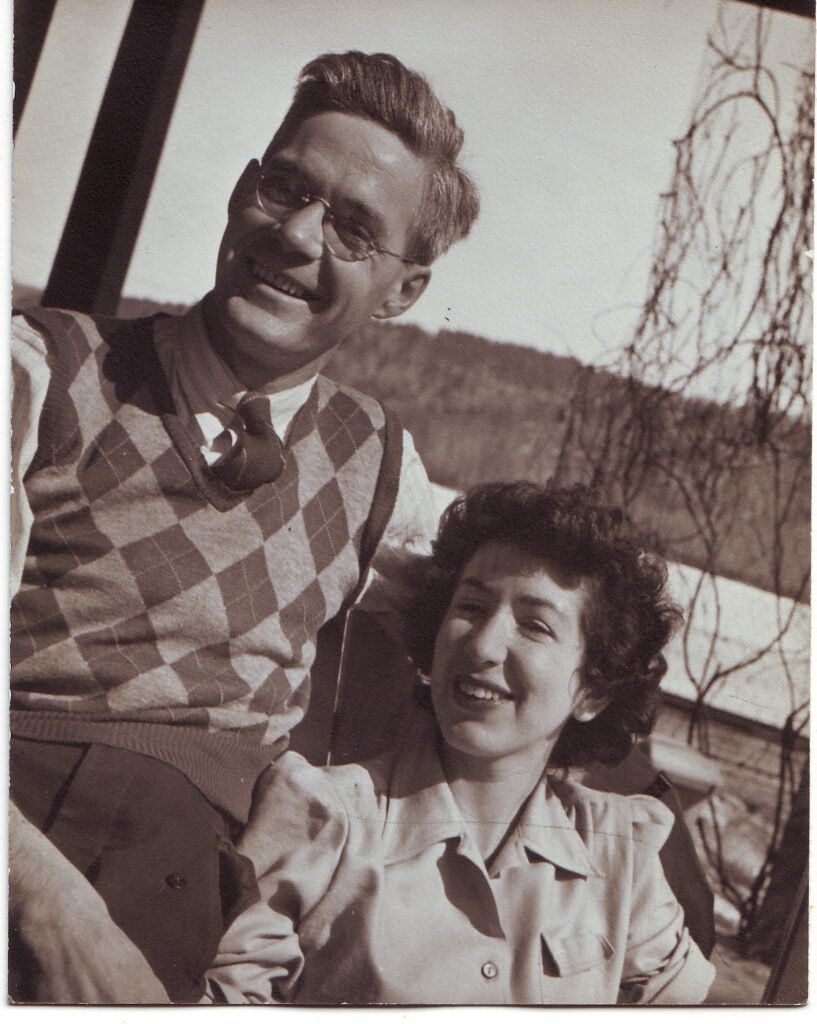This is the eighth in a series of posts about four generations of my ancestors in colonial Massachusetts and Connecticut. It includes the Bagg, Burt, Phelps, Moseley, Stanley and other related families between 1635 and 1795.
When I first started to research my ancestors some 10 years ago, one of my goals was to find out what happened to my four-times great-grandmother Pamela Stanley, wife of Phineas Bagg (c. 1750-1823). As is the case for many women in colonial America, there were few traces of her, and I was curious. I knew Phineas and the children had moved from Massachusetts to Canada around 1795 and I wondered whether she had accompanied them on this journey.
Another reason Pamela intrigued me was because her last name, Stanley, was given to three generations of my direct ancestors: her son, Montreal merchant Stanley Bagg (1788-1853), his son Stanley Clark Bagg (1820-1873) and grandson Robert Stanley Bagg (1848-1912).
There is a record of Pamela’s birth. Born in of Litchfield, Connecticut in 1760,1 she was the fourth of eight children of Timothy Stanley Jr., originally of Hartford, and his wife Mary Hopkins, who was from Harwinton, CT.2
Pamela’s father probably owned a small business as a clothier in Litchfield, a village in northern Connecticut. When the American Revolution broke out, he enlisted. He was captured by the British and died aboard a prison ship in New York harbour in 1776. I do not know who supported Pamela and her siblings after that since their mother had died around 1770 and their father did not leave a will.
On March 29, 1780, Pamela Stanley and Phineas Bagg, both of Pittsfield, Massachusetts, announced their intention to marry.3 Phineas was a farmer in the remote Berkshire hills, about 90 kilometers (60 miles) from Litchfield. How they met was a mystery until I discovered that Pamela’s uncle Caleb Stanley lived in Pittsfield for many years and was town clerk there from 1777 until his death in 1781.4 In addition, Pamela’s brother Frederick and Phineas’ brother Martin served in the same militia unit in 1777.

Pamela’s life as a young wife would have been busy. Women helped their husbands in the fields at planting and harvesting times and spent a great deal of time working in their gardens and in their kitchens. Many women bartered goods they made with their neighbours. They often had strong attachments with the other women in their communities, charity was important, and they tended to be more religious than their husbands. Pamela was no doubt a loving mother, although motherhood was sometimes seen as “a kind of travail, an unavoidable though potentially rewarding labor ordained by God.” 5
There are no surviving records of the baptisms of the Bagg children, and most published records list only two sons, Stanley and Abner. My research, however, revealed that Pamela and Phineas had four children who grew to adulthood: Polly (1785-1856), Stanley (1788-1853), Abner (c. 1790-1852) and Sophia (c. 1791-1860).6
Phineas Bagg’s household was listed in a local census of Pittsfield in 1786, and it was counted in the 1790 U.S. federal census, but Phineas was the only family member personally identified.
As for Pamela’s date of death, it remains a mystery. The minister of the First (Congregational) Church of Pittsfield kept detailed records of the births and deaths of his parishioners, and in many instances he listed the cause of death. But in 1792 the community lost about 30 people, in 1793 26 people died, and 36 people, 14 of them adults, died in 1794.7 The minister must have been exhausted and overwhelmed by so much sickness and sorrow and he did not list any of their names. My guess is that Pamela died during this period. I have found no trace of her grave. Perhaps Phineas could not afford a stone, or perhaps it deteriorated long ago.
Between 1794 and 1797, Phineas found himself deeply in debt, and he lost almost all of his farmland, his barn and half his house to repay his creditors.8 A widower with four children to raise, he must have decided to start a new life in Canada. He became an inn-keeper in La Prairie, near Montreal, and had two more children (one of whom died as an infant) with Ruth Langworthy there.
Note:
Pamela’s Sister Abigail Stanley
I received an email in 2017 from a man named Jim Lautenberger who is trying to prove that he is descended from Pamela’s sister Abigail. He says that Abigail Stanley married David Martin, a Revolutionary War soldier, but her family disapproved of the marriage so she lost contact with them. In 1801, after David had died, Abigail married Asa Goodrich in West Haven, Rutland County, Vermont, the same village where Pamela’s and Phineas’ daughter Polly (Bagg) Bush lived much of her life. He adds that, according to a family story, ancestors living near Whitehall, NY, were visited by wealthy relatives from Montreal (Stanley Bagg and family?) in the early 1800s. Abigail died in 1834 at age 72. Jim is looking for someone who is also descended from Abigail in order to compare DNA. Contact lautenbergerj@gmail.com
See also:
“An Economic Emigrant,” Writing Up The Ancestors, Oct. 16, 2013, https://www.writinguptheancestors.ca/2013/10/an-economic-emigrant.html,.
“Timothy Stanley Jr., Revolutionary Martyr,” Writing Up The Ancestors, Nov. 15, 2013, https://www.writinguptheancestors.ca/2013/11/timothy-stanley-jr-revolutionary-martyr.html.
“Polly Bagg Bush: a Surprise Sister,” Writing Up The Ancestors, May 23, 2014, https://www.writinguptheancestors.ca/2014/05/polly-bagg-bush-surprise-sister.html
“Abner Bagg: Black Sheep of the Family?” Writing Up The Ancestors, April 9, 2015, https://www.writinguptheancestors.ca/2015/04/abner-bagg-black-sheep-of-family.html
“The Life and Times of Stanley Bagg, 1788-1853,” Writing Up The Ancestors, Oct. 5, 2016, https://www.writinguptheancestors.ca/2016/10/the-life-and-times-of-stanley-bagg-1788.html
Footnotes:
- Connecticut: Vital Records (The Barbour Collection), 1630-1870 (Online Database: AmericanAncestors.org, New England Historic Genealogical Society, 2011.) From original typescripts, Lucius Barnes Barbour Collection, 1928. https://www.americanancestors.org/DB414/i/13218/203/234906257
- The children of Timothy Stanley Jr. and Mary Hopkins were:
Timothy, b. 1754, m. Lucy Woodruff
Mary, b. 1756, m. Amasa Castle
Frederick, b. 1758, m. 1. M.S. Bishop; 2. M.K. Grosvenor
Pamela, b. 1760, m. Phineas Bagg
Abigail, b. 1762
Eunice, m 1764
Huldah, b. 1766, m. Levi DeWolf
Rufus, b. 1767, m. Lydia Collins
Source: Israel P. Warren, The Stanley Families of America, as descended from John, Timothy and Thomas Stanley of Hartford, CT. 1636. Timothy Stanley, #74, p. 24, Portland, Maine: B. Thurston & Co, 1887, https://archive.org/details/stanleyfamilieso00byuwarr - Early Vital Records of Berkshire, Franklin, Hampden & Hampshire Counties, Mass. to about 1850 (electronic resource) Wheat Ridge, CO: Search and Research Publ Corp. c2000, p. 22 of sheet 99, F94/p6/M37.
- Warren, Ibid. #81, p. 245.
- Laurel Thatcher Ulrich, Good Wives: Image and Reality in the Lives of Women in Northern New England, 1650-1750, p. 239.
- According to date of birth calculated from age as listed on her tombstone, Polly Bagg Bush was born April 22, 1785 and died Jan 9, 1856. She lived much of her life in West Haven, Vermont and is buried near her son Phineas in a rural graveyard in southern Illinois. See www.findagrave.com, https://www.findagrave.com/memorial/65952231/polly-bush.
Stanley Bagg and his brother Abner were both baptized as adults in Christ Church (Anglican) Montreal in 1831. At that time Stanley gave his date of birth as June 27, 1788. “Quebec, Canada, Vital and Church Records (Drouin Collection), 1621-1968” [database on-line]. Ancestry.com, (www.ancestry.ca, accessed 2 Oct. 2016), entry for Stanley Bagg, 2 April, 1831; citing Gabriel Drouin, comp. Drouin Collection. Montreal, Quebec, Canada: Institut Généalogique Drouin.
The same source gives Abner’s date of birth as August 5, 1790, however, this date does not make sense in light of his sister Sopha’s calculated birthdate. At his death in 1852, Abner’s age was recorded as 64, which would have meant he was born in 1788, the year brother Stanley was supposed to have been born. When he was married in 1814, Abner gave his age as 25, which would have meant he was born in 1789.
Sophia was probably the youngest of Pamela’s children. Dame Sophia Bagg, veuve (widow) Gabriel Roy died Nov. 12, 1860, and at the time was said to have been 69 years, eight months of age. (“Quebec, Canada, Vital and Church Records (Drouin Collection), 1621-1968” [database on-line]. Ancestry.com.) Calculating her date of birth from that, she would have been born around February 20, 1791. - Records of the First Church, Pittsfield, Rollins H. Cooke Collection, Berkshire County, vols 26 and 27, reel #2. 8. Massachusetts Land Records 1620-1986, Berkshire, Deeds, 1792-1813, vol 31-32, images 438- 442. www.familysearch.org, Accessed Sept. 26, 2018.


